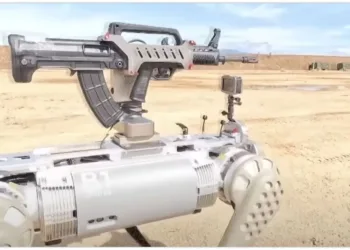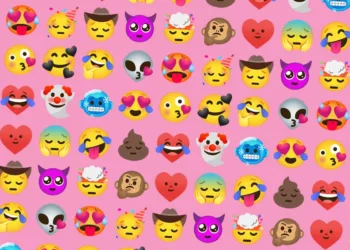ChatGPT 4 will be a text-only large language model with better performance on a similar size as GPT-3. It will also be more aligned with human commands and values. GPT-4 is an unreleased neural network created by OpenAI.
Table of Contents
According to the New York Times, it is “rumored to be coming out” in 2023; Vox said that other websites had said that it was rumored to be “by all accounts” superior to OpenAI’s previously released GPT-3 and GPT-3.5.
What is ChatGPT 4?
GPT-4 is an extensive text-only neural network that will learn a common language to understand better and read natural language. AI has a long way to go before it can read the complexity of human language.
For now, it is still mainly delivering canned responses to questions. GPT-4 is being developed by OpenAI, a non-profit artificial intelligence research company funded by grants, donations, and other outside funding.
OpenAI is also a non-profit research non-profit that is committed to Openness. By publishing research early and openly, AI can be safer and more accountable to the public.
ChatGPT 4 Release Date: When will GPT-4 be released?
ChatGPT 4 is still in its R&D phase, so it’s still early to say when it will be released. However, based on the reported date in the New York Times article, we can assume that the R&D phase will end by 2023.
GPT 4 Vs GPT 3
| ChatGPT-3 | ChatGPT-4 |
|---|---|
| OpenAI has made GPT-3, which is a state-of-the-art language model. | With more advanced training data, algorithms, and computing power, GPT-4 could improve GPT-3’s abilities. |
| GPT-3 can do a wide range of NLP tasks, such as summarising text, answering questions, translating languages, and more. | In the future, language models could be used to do more complicated things like captioning and understanding video or image files, recognizing speech, and making decisions. |
| GPT-3 has been trained on a wide range of text from the internet and can write the text that sounds like it was written by a person when given a prompt. | Future language models could improve GPT-3’s text generation by giving users more control over style, tone, and content. This could lead to more advanced content creation, marketing, and advertising applications. |
| AI researchers and developers have paid much attention to GPT-3 because of its possible uses and effects. | As NLP and AI keep improving, future language models could have even more significant and more far-reaching effects on many industries and parts of society. |
ChatGPT 4 VS Human Brain
While the researchers have not said whether or how they compared GPT-4 to human brains, their intention of launching it is a big hint. Based on the New York Times article, the researchers hope that GPT-4 will be a CNN with 256 layers and that it will have a size similar to that of a human brain.
This is a big claim, and it will be interesting to see if they can bring it to fruition. It is worth noting that CNNs have become more prevalent in recent years, so it is plausible that researchers have come up with a CNN that is smaller than a human brain.
Will GPT 4 Replace Programmers?
No, many bots are programmed and can help with various tasks, including customer service, data analysis, and transcription. As AI progresses in these areas, bots will gradually start replacing human programmers.
GPT-4 is a highly anticipated language model developed by OpenAI to achieve human-like natural language understanding and reading. It is rumored to be released in 2023 and will be an extensive text-only neural network with better performance than GPT-3. The researchers hope to make GPT-4 a CNN with 256 layers and the size of a human brain.
Although GPT-4 won’t replace programmers, as NLP and AI evolve, it is anticipated to improve several businesses and facets of society. However, the actual capabilities and performance of GPT-4 have yet to be observed and assessed.







